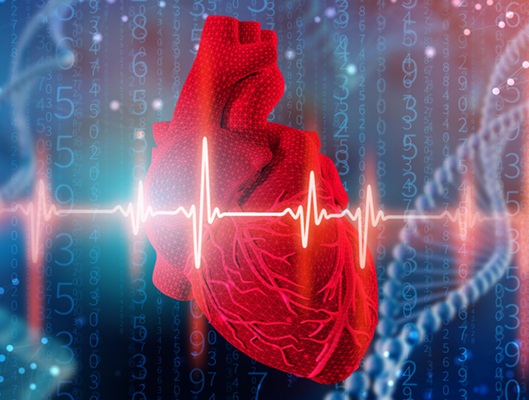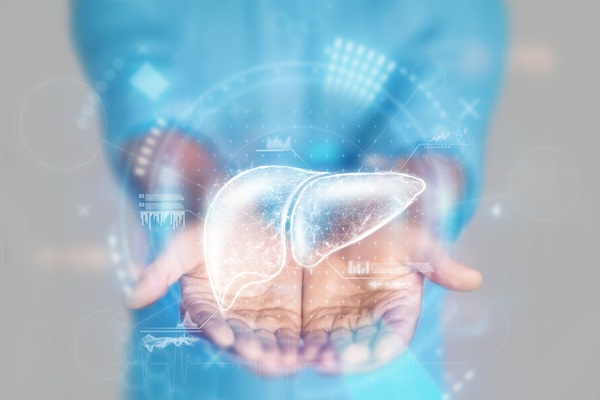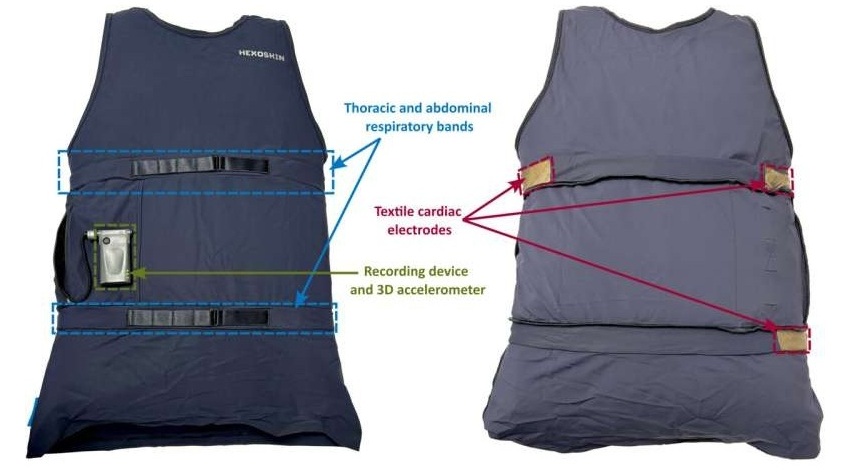Plasma-Based Surgical Instrument Combines Cutting and Coagulation
|
By HospiMedica International staff writers Posted on 12 Apr 2017 |
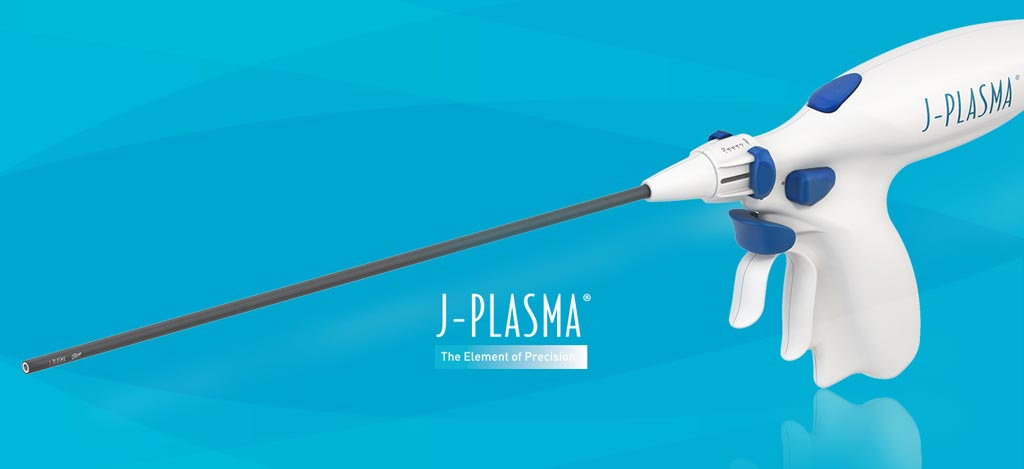
Image: The J-Plasma generator and hand piece (Photo courtesy of Bovie Medical).
A novel device offers increased control of plasma stream tissue dissection, while being able to switch to a monopolar or helium spray coagulation mode with just the push of a button.
The Bovie Medical J-Plasma generator and handpiece with Cool-Coag technology utilizes helium ionization to produce a stable, focused beam of ionized gas that provides a highly defined, cool, plasma stream for soft tissue coagulation and cutting. The plasma stream, formed by passing inert helium over an energizing blade, can cut, coagulate, and ablate tissue at lower temperatures than CO2 lasers, allowing surgical procedures to be performed in delicate areas with reduced damage to surrounding tissue.
The distinctive blade design of the hand piece provides an option to retract or extend the surgical blade, with multiple modes of operation. In the extended configuration, the surgical blade can be used without energy or plasma, similar to a scalpel for incisions and other cutting procedures. When retracted, the device can be used to form the J-Plasma stream for coagulation or blunt dissection. The J-Plasma stream with the blade extended is limited to a maximum of 15mm in length, thus eliminating potential pass-through.
“The development of Bovie’s Cool-Coag technology is a direct result of feedback from surgeons who have used our J-Plasma product for procedures that require greater coagulation capability, specifically in the areas of gynecologic oncology and surgical oncology,” said Robert Gershon, CEO of Bovie Medical. “The unique flexibility of Cool-Coag enables the surgeon to use J-Plasma to perform the most delicate procedures, where precision and low risk of injury to surrounding tissue are paramount and also have the full power of monopolar coagulation to control, pinpoint and diffuse bleeding as needed.”
“This new Cool-Coag technology has the potential to increase usage of the J-Plasma device in many of our most complex cancer procedures. It combines J-Plasma’s ability to be used close to vital structures with minimal collateral damage and standard full monopolar coagulation capability, all in one hand-held instrument,” said Dennis Chi, MD, head of ovarian cancer surgery at Memorial Sloan Kettering Cancer Center (MSKCC; New York, NY, USA). “Cool-Coag may also expand the use of J-Plasma in additional procedures and specialties.”
Plasma is one of the four fundamental states of matter, the others being solid, liquid, and gas. When a gas is ionized, electrons are stripped from its atoms, turning it into plasma. The plasma contains charged particles: positive ions and negative electrons or ions, accompanied by dissociation of the atomic bonds. Plasma has so far enjoyed a limited role in surgery due to the high temperatures it creates and resulting harmful effects on body tissue.
The Bovie Medical J-Plasma generator and handpiece with Cool-Coag technology utilizes helium ionization to produce a stable, focused beam of ionized gas that provides a highly defined, cool, plasma stream for soft tissue coagulation and cutting. The plasma stream, formed by passing inert helium over an energizing blade, can cut, coagulate, and ablate tissue at lower temperatures than CO2 lasers, allowing surgical procedures to be performed in delicate areas with reduced damage to surrounding tissue.
The distinctive blade design of the hand piece provides an option to retract or extend the surgical blade, with multiple modes of operation. In the extended configuration, the surgical blade can be used without energy or plasma, similar to a scalpel for incisions and other cutting procedures. When retracted, the device can be used to form the J-Plasma stream for coagulation or blunt dissection. The J-Plasma stream with the blade extended is limited to a maximum of 15mm in length, thus eliminating potential pass-through.
“The development of Bovie’s Cool-Coag technology is a direct result of feedback from surgeons who have used our J-Plasma product for procedures that require greater coagulation capability, specifically in the areas of gynecologic oncology and surgical oncology,” said Robert Gershon, CEO of Bovie Medical. “The unique flexibility of Cool-Coag enables the surgeon to use J-Plasma to perform the most delicate procedures, where precision and low risk of injury to surrounding tissue are paramount and also have the full power of monopolar coagulation to control, pinpoint and diffuse bleeding as needed.”
“This new Cool-Coag technology has the potential to increase usage of the J-Plasma device in many of our most complex cancer procedures. It combines J-Plasma’s ability to be used close to vital structures with minimal collateral damage and standard full monopolar coagulation capability, all in one hand-held instrument,” said Dennis Chi, MD, head of ovarian cancer surgery at Memorial Sloan Kettering Cancer Center (MSKCC; New York, NY, USA). “Cool-Coag may also expand the use of J-Plasma in additional procedures and specialties.”
Plasma is one of the four fundamental states of matter, the others being solid, liquid, and gas. When a gas is ionized, electrons are stripped from its atoms, turning it into plasma. The plasma contains charged particles: positive ions and negative electrons or ions, accompanied by dissociation of the atomic bonds. Plasma has so far enjoyed a limited role in surgery due to the high temperatures it creates and resulting harmful effects on body tissue.
Latest Surgical Techniques News
- New Study Findings Could Halve Number of Stent Procedures
- Breakthrough Surgical Device Redefines Hip Arthroscopy
- Automated System Enables Real-Time "Molecular Pathology" During Cancer Surgery
- Groundbreaking Procedure Combines New Treatments for Liver Tumors
- Ablation Reduces Stroke Risk Associated with Atrial Fibrillation
- Optical Tracking Method Identifies Target Areas in Robot-Assisted Neurosurgery
- General Anesthesia Improves Post-Surgery Outcomes for Acute Stroke Patients
- Drug-Coated Balloons Can Replace Stents Even in Larger Coronary Arteries
- Magnetic Kidney Stone Retrieval Device Outperforms Ureteroscopic Laser Lithotripsy
- Absorbable Skull Device Could Replace Traditional Metal Implants Used After Brain Surgery
- Magic Silicone Liquid Powered Robots Perform MIS in Narrow Cavities
- 'Lab-on-a-Scalpel' Provides Real-Time Surgical Insights for POC Diagnostics in OR
- Biodegradable Brain Implant Prevents Glioblastoma Recurrence
- Tiny 3D Printer Reconstructs Tissues During Vocal Cord Surgery
- Minimally Invasive Procedure for Aortic Valve Disease Has Similar Outcomes as Surgery
- Safer Hip Implant Design Prevents Early Femoral Fractures
Channels
Critical Care
view channel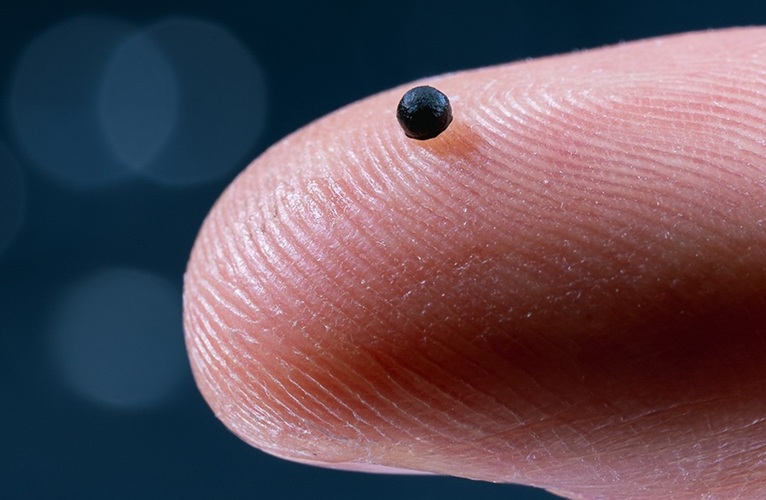
Magnetically Guided Microrobots to Enable Targeted Drug Delivery
Stroke affects 12 million people globally each year, often causing death or lasting disability. Current treatment relies on systemic administration of clot-dissolving drugs, which circulate throughout... Read more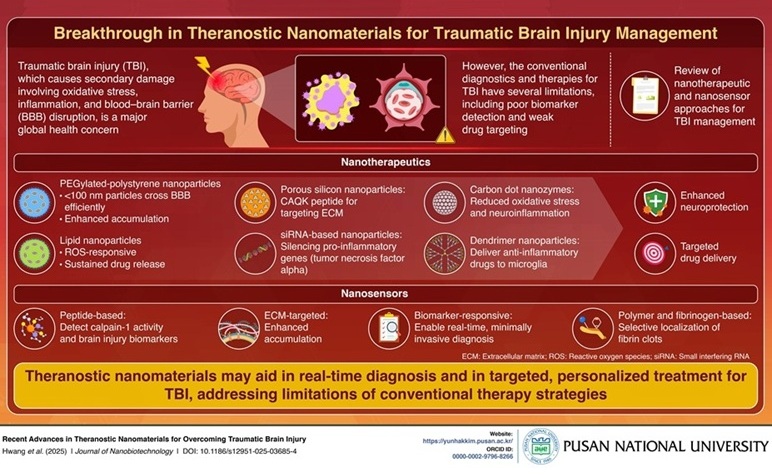
Smart Nanomaterials Detect and Treat Traumatic Brain Injuries Simultaneously
Traumatic brain injury (TBI) continues to leave millions with long-term disabilities every year. After a sudden impact from a fall, collision, or accident, the brain undergoes inflammation, oxidative stress,... Read more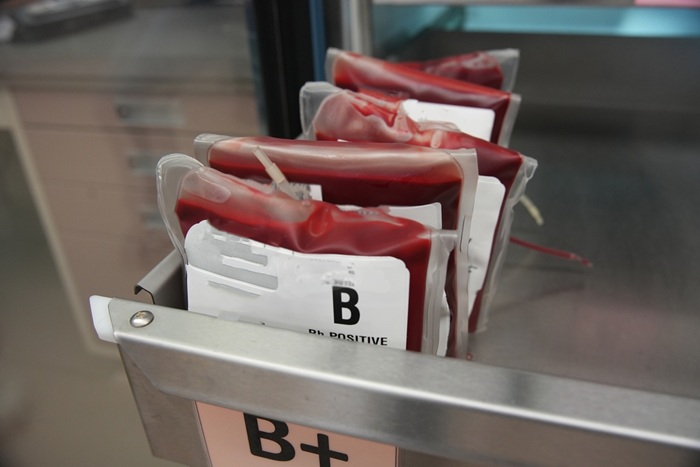
Earlier Blood Transfusion Could Reduce Heart Failure and Arrhythmia in Heart Disease Patients
Blood loss during or after surgery can place significant stress on people with heart disease, increasing the risk of dangerous complications. Transfusions are often delayed until hemoglobin levels fall... Read morePatient Care
view channel
Revolutionary Automatic IV-Line Flushing Device to Enhance Infusion Care
More than 80% of in-hospital patients receive intravenous (IV) therapy. Every dose of IV medicine delivered in a small volume (<250 mL) infusion bag should be followed by subsequent flushing to ensure... Read more
VR Training Tool Combats Contamination of Portable Medical Equipment
Healthcare-associated infections (HAIs) impact one in every 31 patients, cause nearly 100,000 deaths each year, and cost USD 28.4 billion in direct medical expenses. Notably, up to 75% of these infections... Read more
Portable Biosensor Platform to Reduce Hospital-Acquired Infections
Approximately 4 million patients in the European Union acquire healthcare-associated infections (HAIs) or nosocomial infections each year, with around 37,000 deaths directly resulting from these infections,... Read moreFirst-Of-Its-Kind Portable Germicidal Light Technology Disinfects High-Touch Clinical Surfaces in Seconds
Reducing healthcare-acquired infections (HAIs) remains a pressing issue within global healthcare systems. In the United States alone, 1.7 million patients contract HAIs annually, leading to approximately... Read moreHealth IT
view channel
EMR-Based Tool Predicts Graft Failure After Kidney Transplant
Kidney transplantation offers patients with end-stage kidney disease longer survival and better quality of life than dialysis, yet graft failure remains a major challenge. Although a successful transplant... Read more
Printable Molecule-Selective Nanoparticles Enable Mass Production of Wearable Biosensors
The future of medicine is likely to focus on the personalization of healthcare—understanding exactly what an individual requires and delivering the appropriate combination of nutrients, metabolites, and... Read moreBusiness
view channel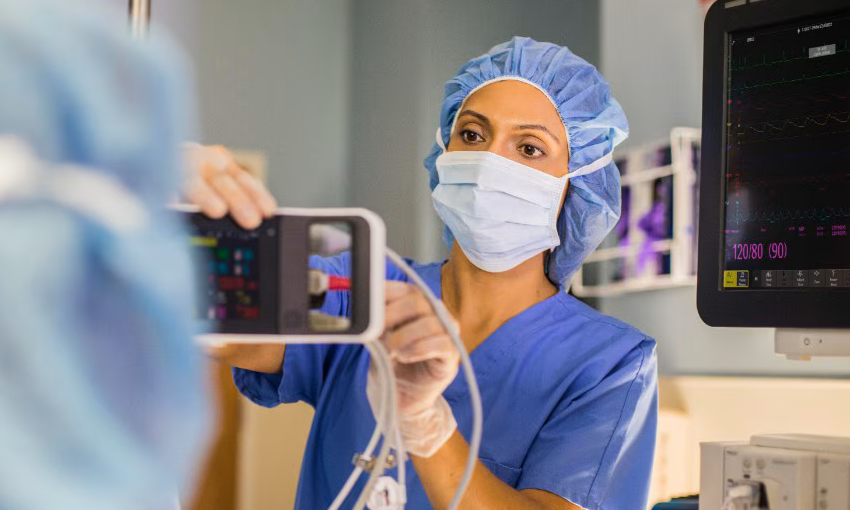
Philips and Masimo Partner to Advance Patient Monitoring Measurement Technologies
Royal Philips (Amsterdam, Netherlands) and Masimo (Irvine, California, USA) have renewed their multi-year strategic collaboration, combining Philips’ expertise in patient monitoring with Masimo’s noninvasive... Read more
B. Braun Acquires Digital Microsurgery Company True Digital Surgery
The high-end microsurgery market in neurosurgery, spine, and ENT is undergoing a significant transformation. Traditional analog microscopes are giving way to digital exoscopes, which provide improved visualization,... Read more
CMEF 2025 to Promote Holistic and High-Quality Development of Medical and Health Industry
The 92nd China International Medical Equipment Fair (CMEF 2025) Autumn Exhibition is scheduled to be held from September 26 to 29 at the China Import and Export Fair Complex (Canton Fair Complex) in Guangzhou.... Read more